
The Crown of St. Stephen of Hungary
Looking back at the treaties that ended the First World War, it appears that the Hungarian half of the Kingdom of Austria-Hungary was made to pay the heavier price for what was essentially the Emperor Franz Joseph’s decision to go to war against the Serbs for assassinating the heir to the throne in Sarajevo. According to Wikipedia:
The treaty regulated the status of the Kingdom of Hungary and defined its borders generally within the ceasefire lines established in November-December 1918 and left Hungary as a landlocked state that included 93,073 square kilometres (35,936 sq mi), 28% of the 325,411 square kilometres (125,642 sq mi) that had constituted the pre-war Kingdom of Hungary (the Hungarian half of the Austro-Hungarian monarchy). The truncated kingdom had a population of 7.6 million, 36% compared to the pre-war kingdom’s population of 20.9 million.Though the areas that were allocated to neighbouring countries had a majority of non-Hungarians, in them lived 3.3 million Hungarians – 31% of the Hungarians – who then became minorities.

How Trianon Chopped Hungary to Bits
Pieces of Hungary went to Yugoslavia, Romania (the largest chunk, all of Transylvania), Russia, Czechoslovakia, and even Austria. What did Austria lose for its participation in the war? Essentially, Bohemia (to Czechoslovakia) and the much of the Tirol (to Italy). The new borders of Hungary became to larger of the two green areas in the above map.
I can understand separating out the Slovenians, Croatians, Russians, and Slovaks; but a great injustice was done to the Hungarians of Transylvania, who are treated as second-class citizens of Romania.

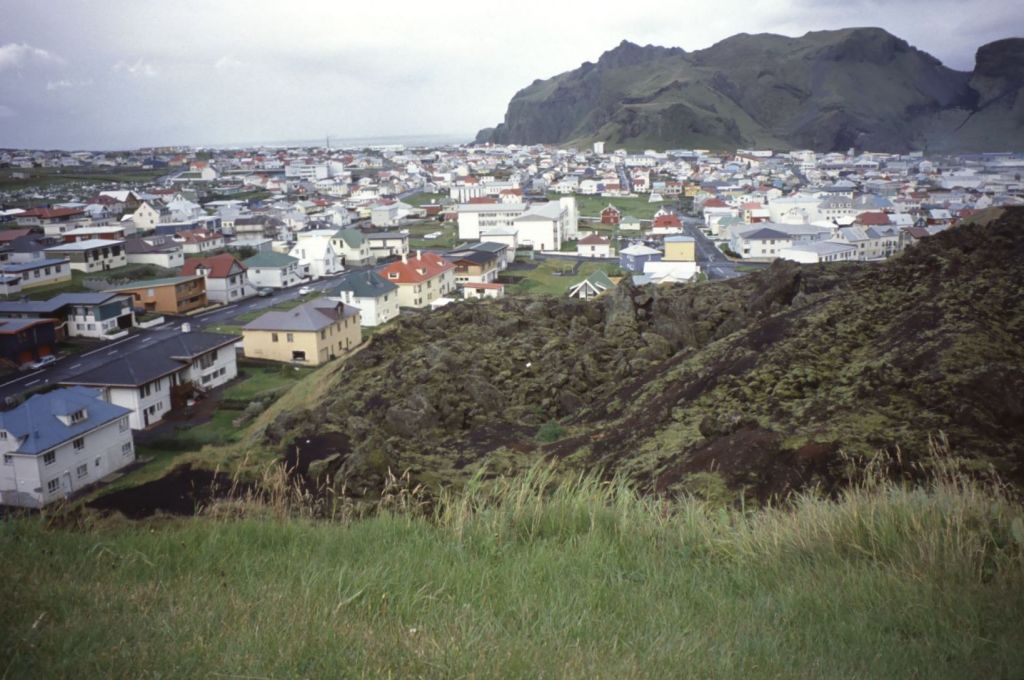
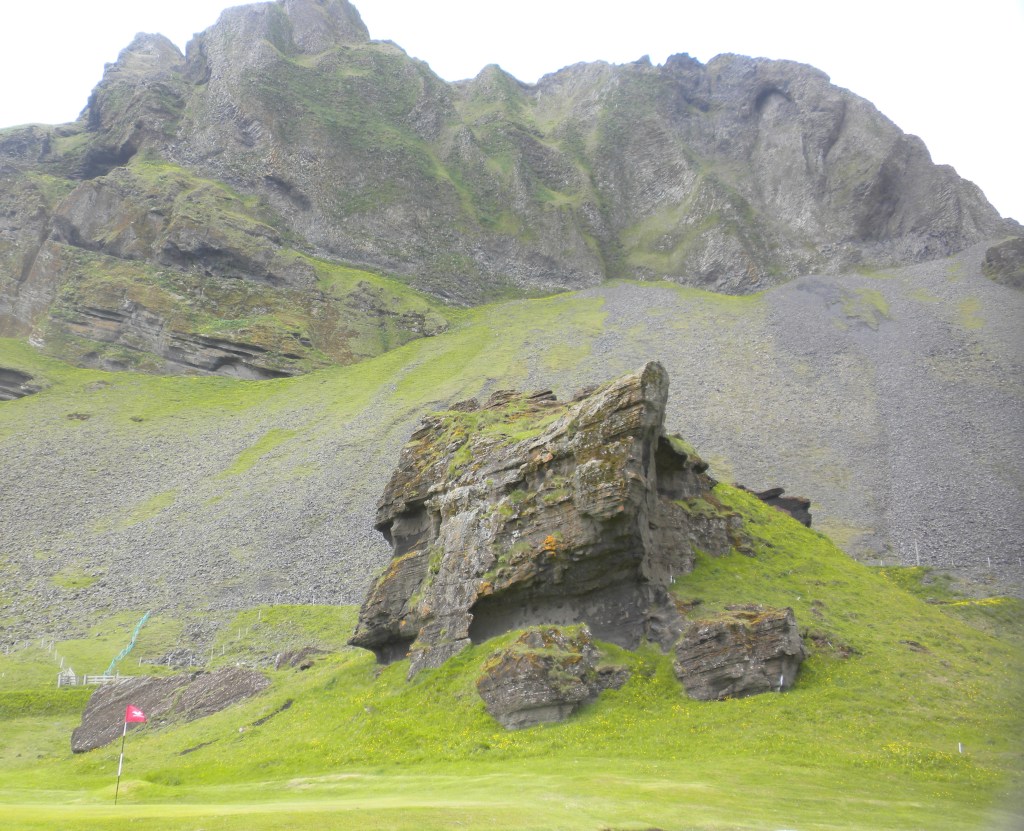
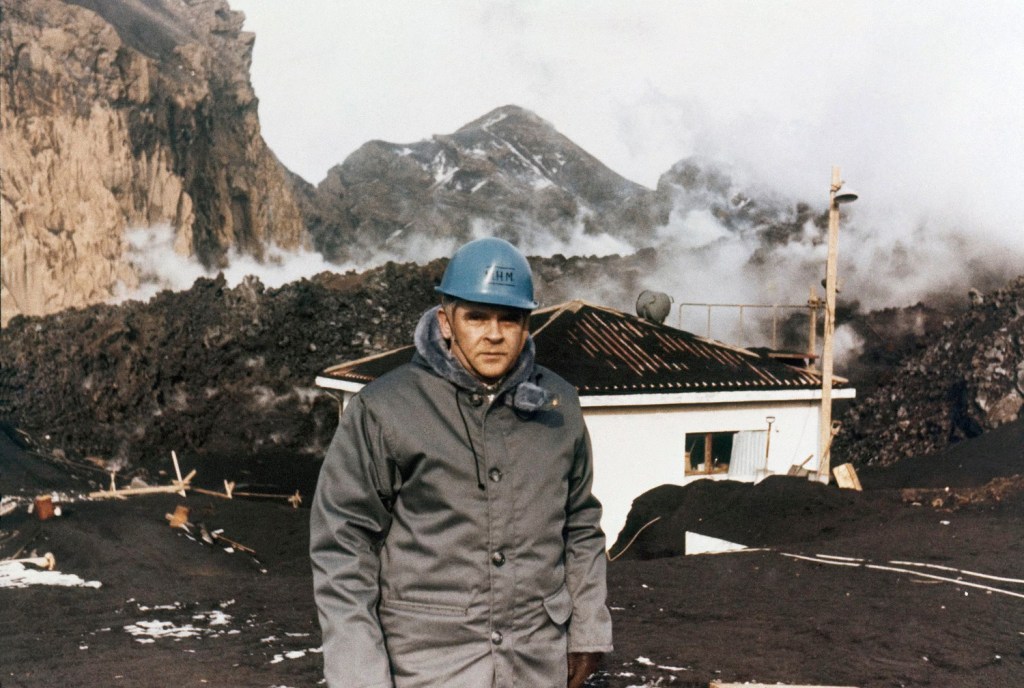


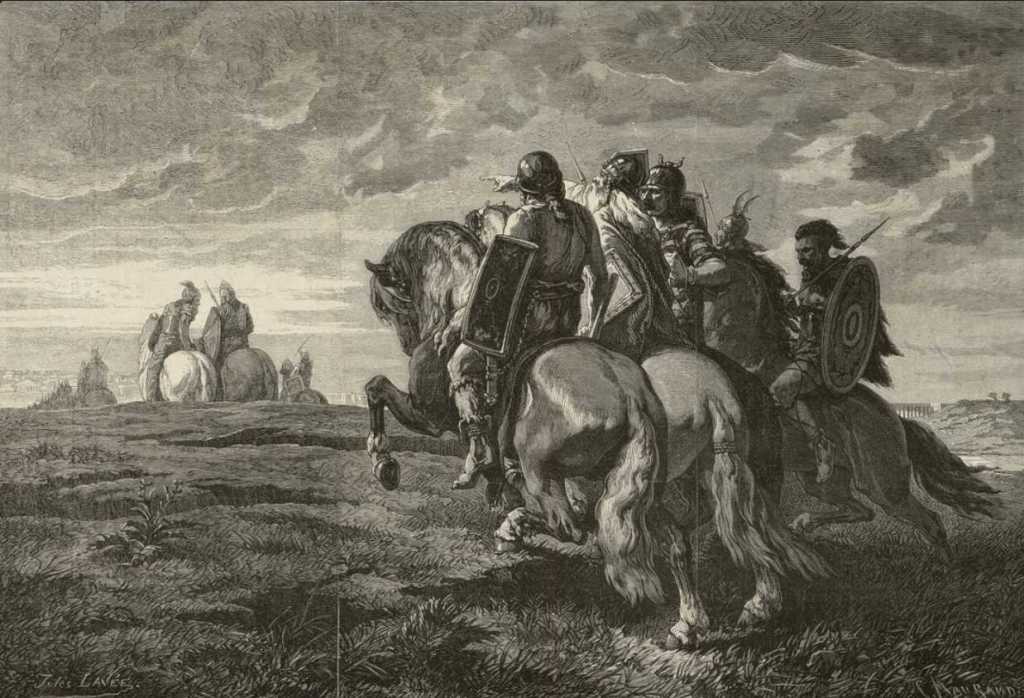

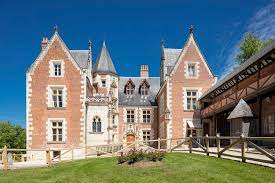




You must be logged in to post a comment.